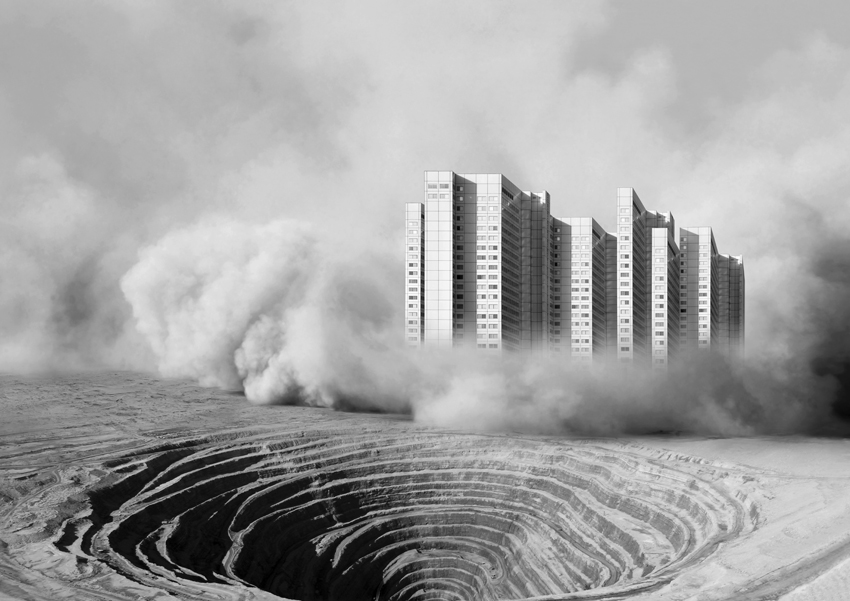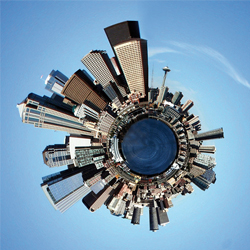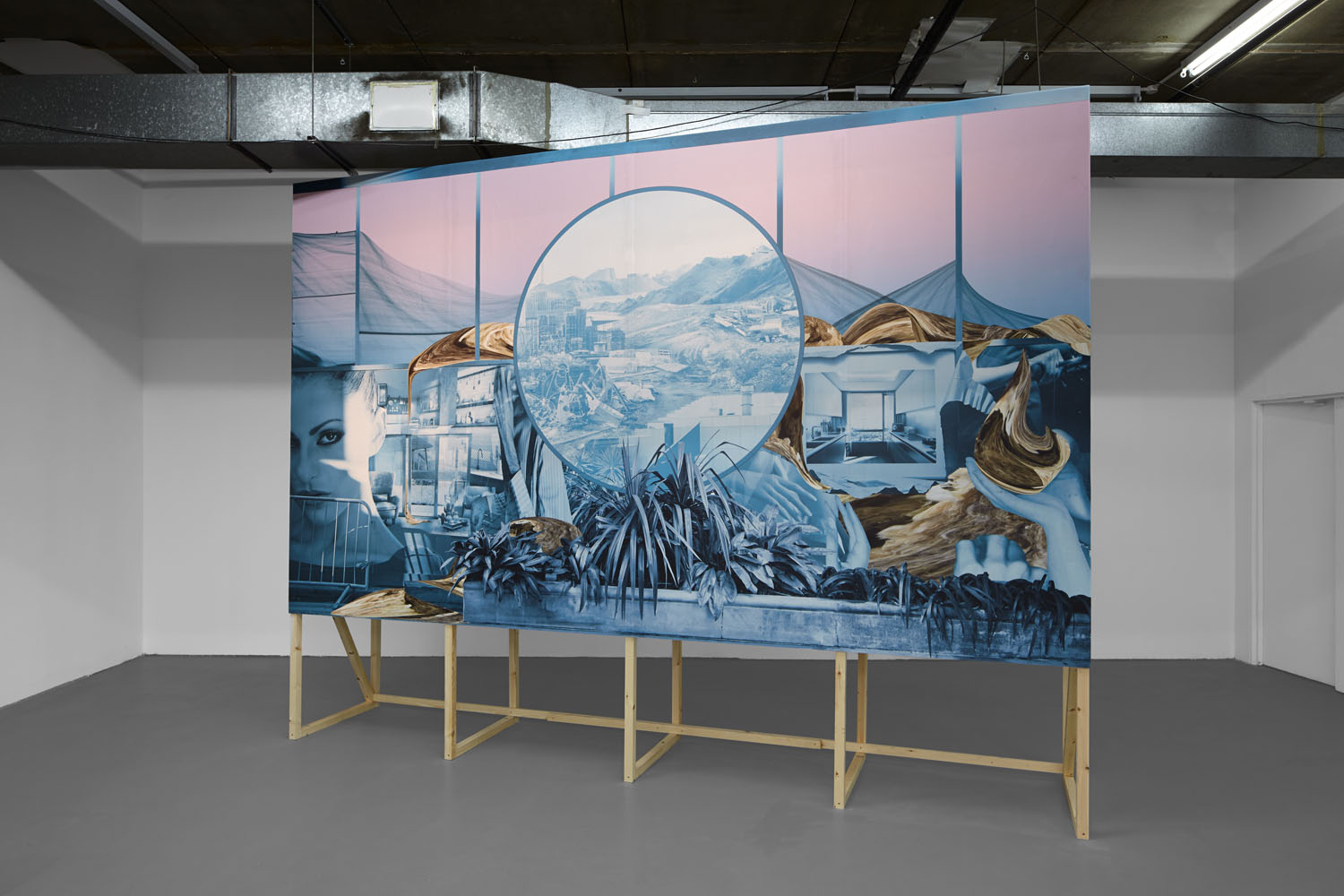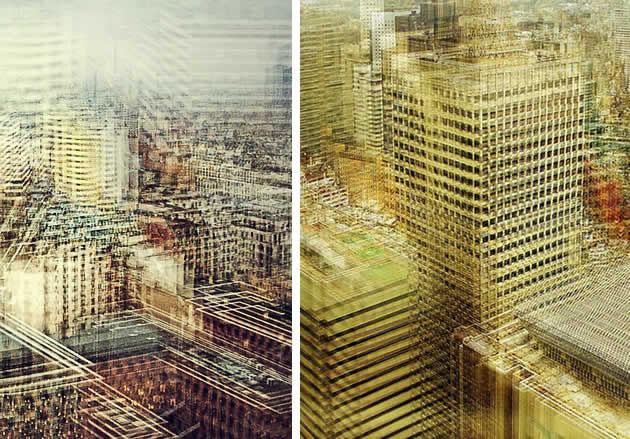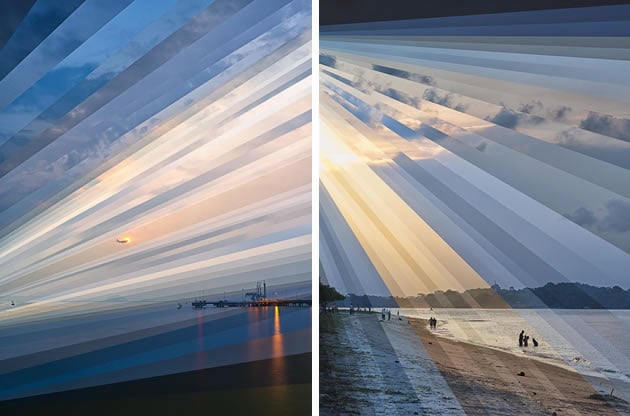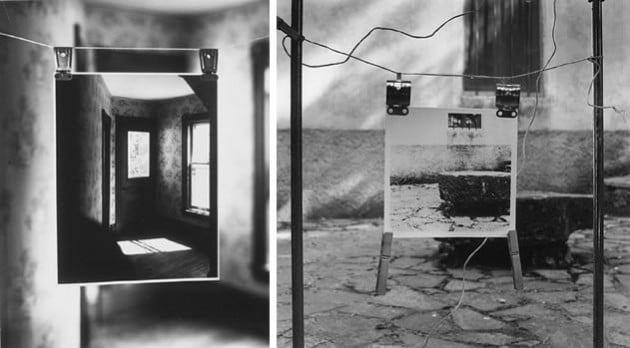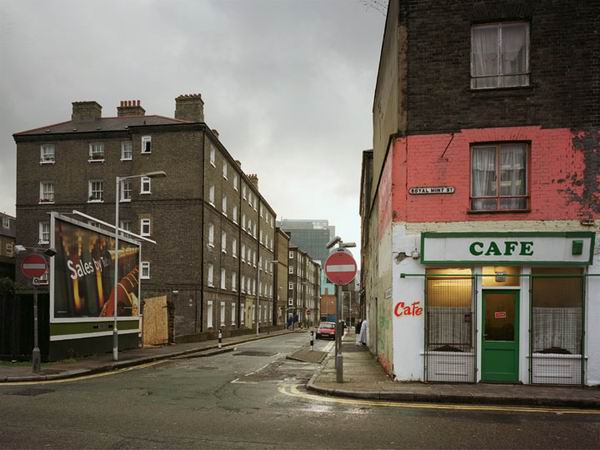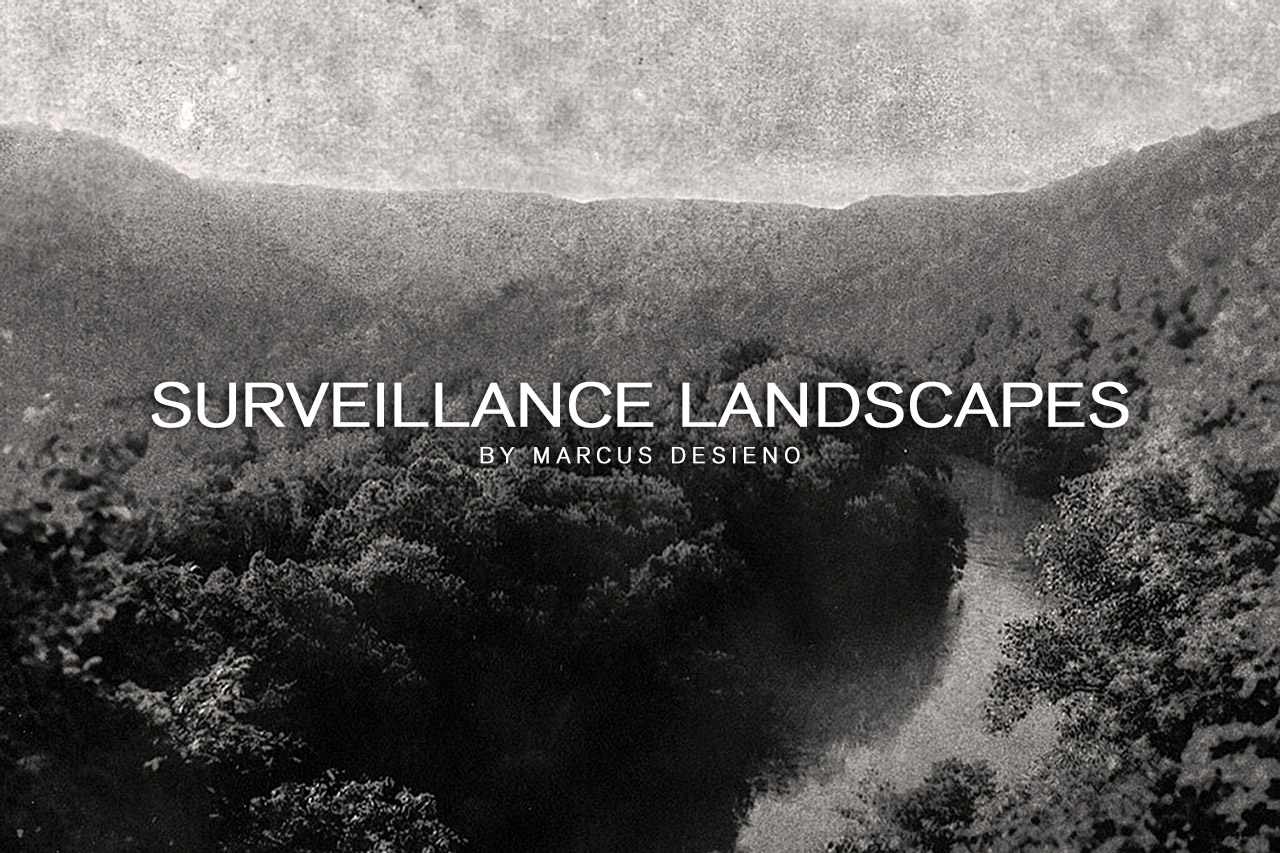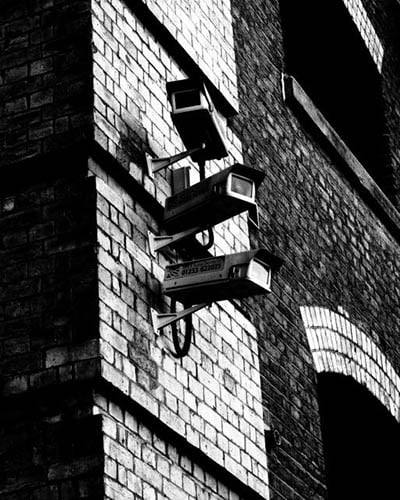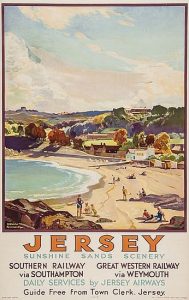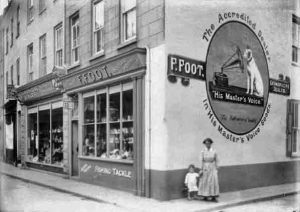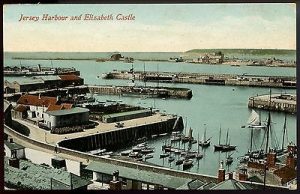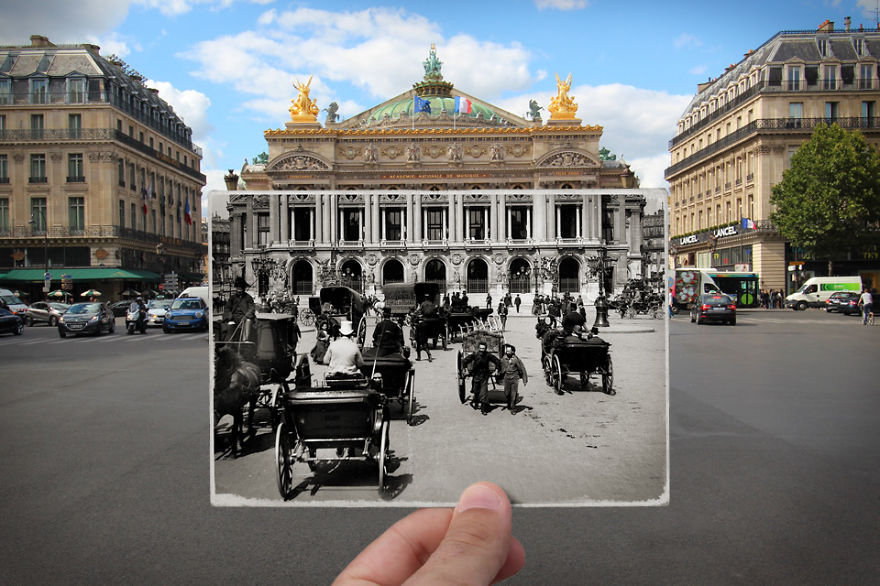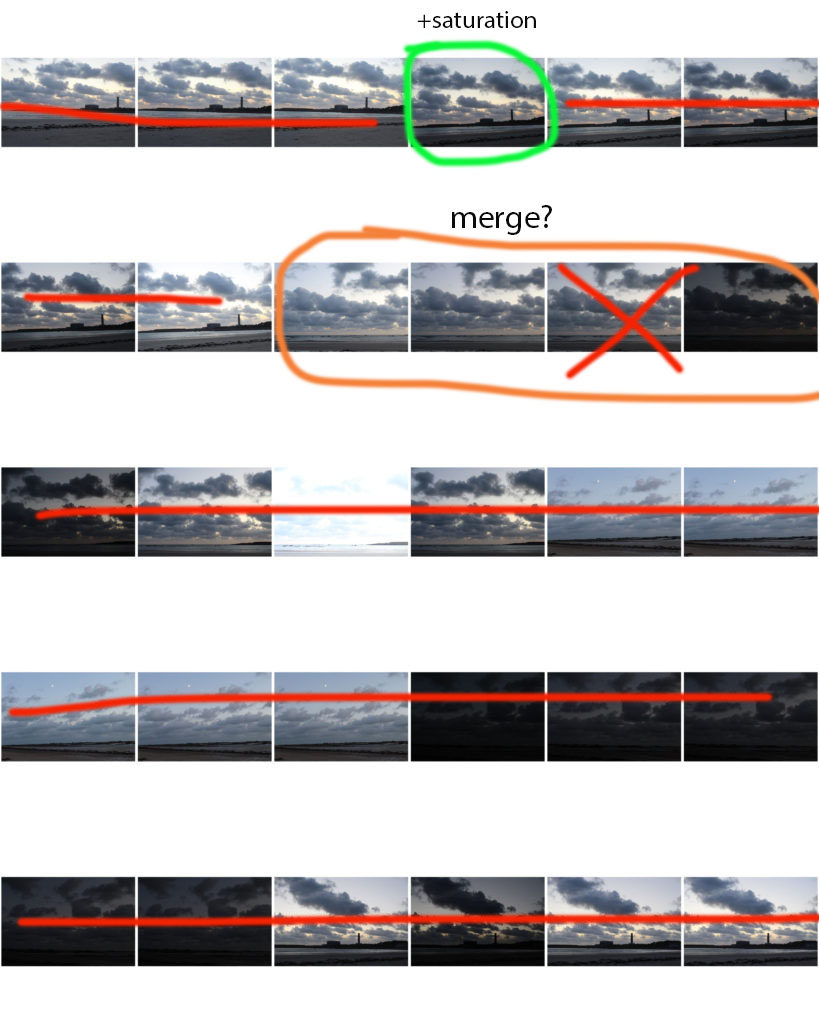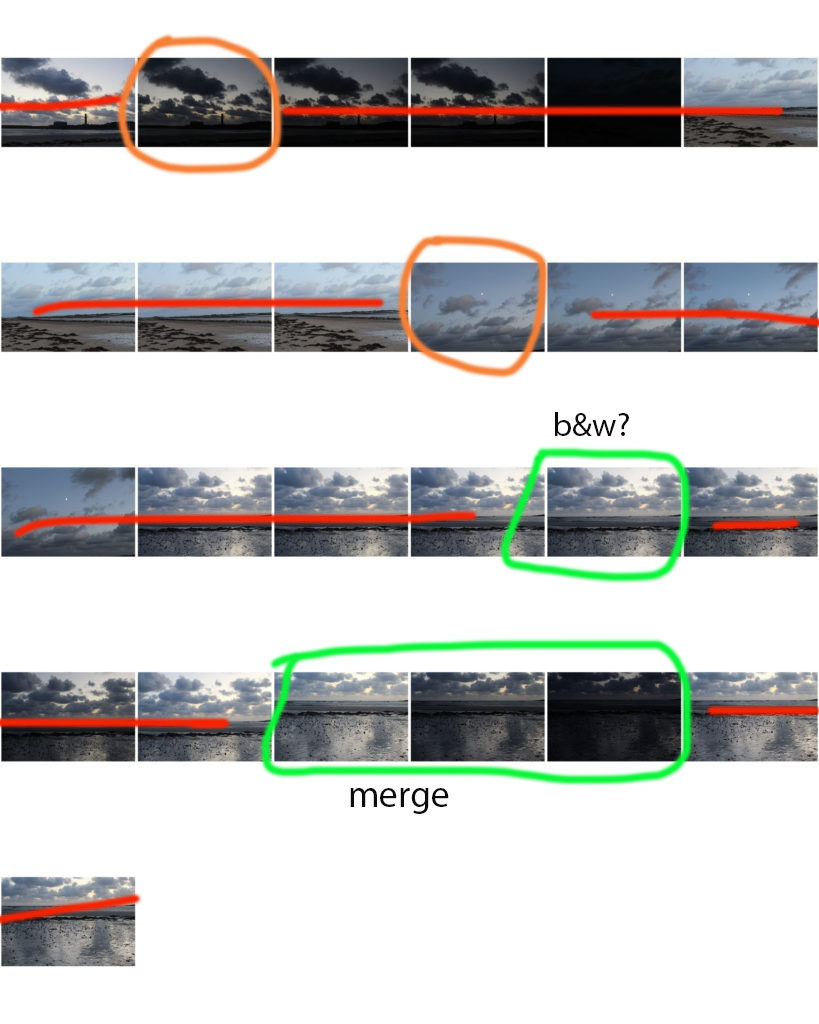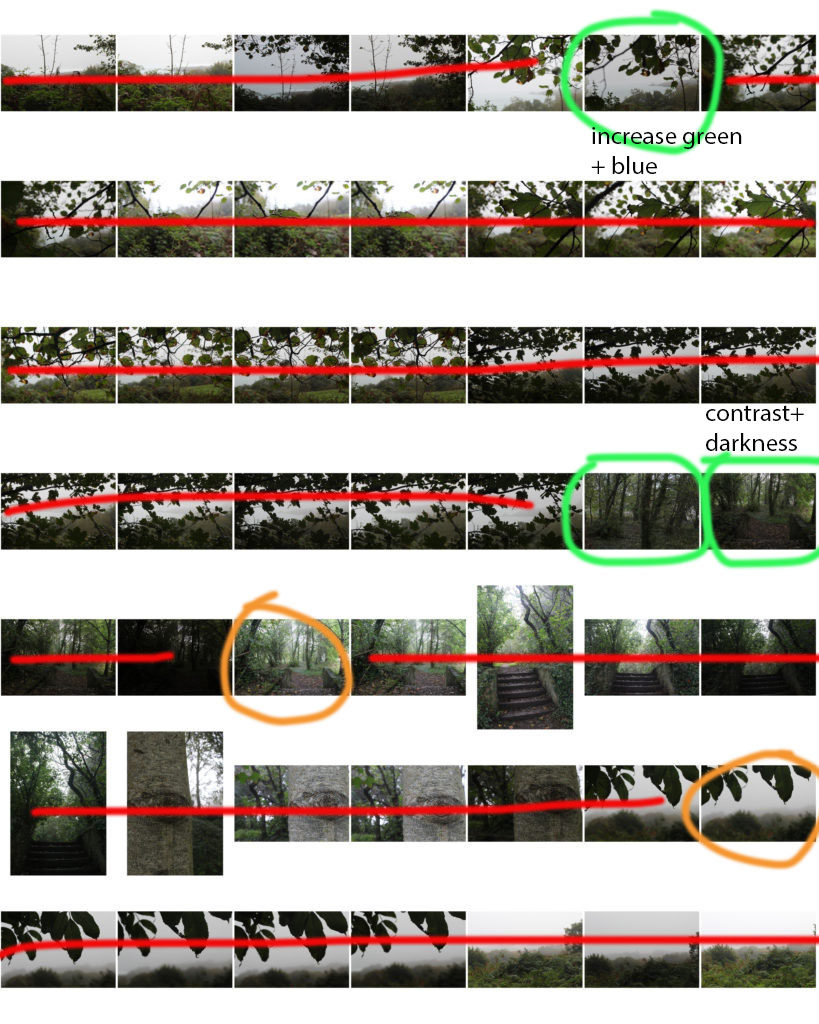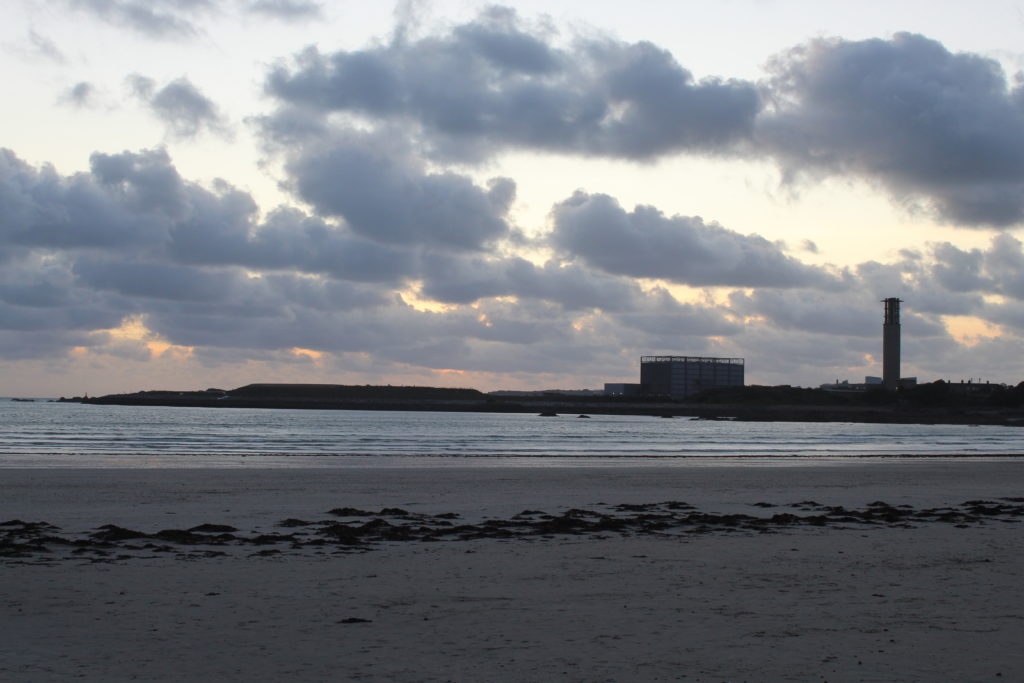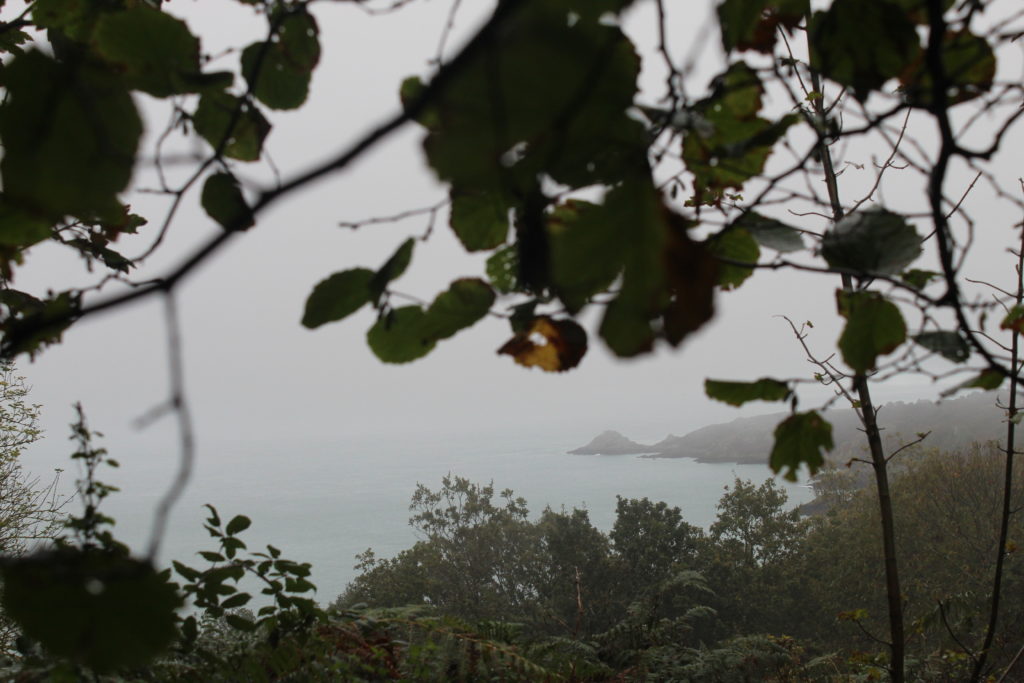The New Topographics
New Topographics was a term coined by William Jenkins in 1975 to describe a group of American photographers (such as Robert Adams and Lewis Baltz) whose pictures had a similar banal aesthetic, in that they were formal, mostly black and white prints of the urban landscape…
The beginning of the death of “The American Dream”
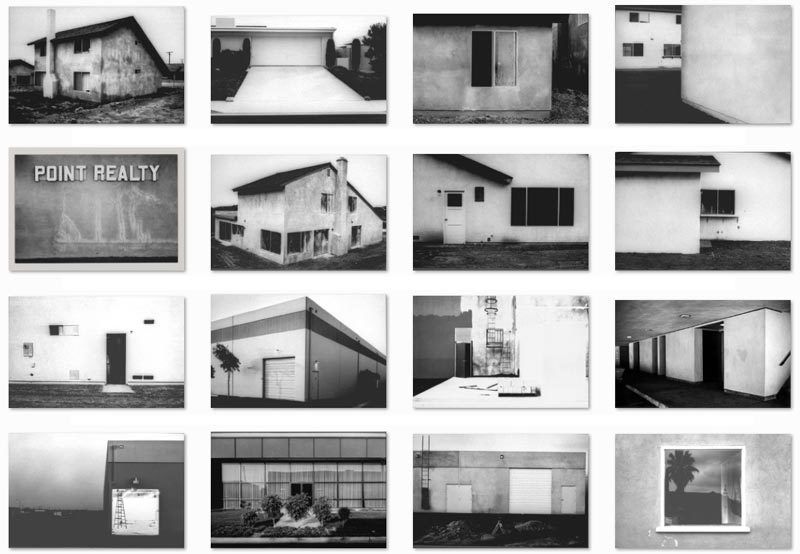
Many of the photographers associated with The New Topographics including Robert Adams, Lewis Baltz, Nicholas Nixon and Bernd and Hiller Becher, were inspired by the man-made…selecting subject matter that was matter-of-fact.
New Topographics inspired by the likes of Albert Renger Patszch and the notion of The New Objectivity
Parking lots, suburban housing and warehouses were all depicted with a beautiful stark austerity, almost in the way early photographers documented the natural landscape. An exhibition at the International Museum of Photography in Rochester, New York featuring these photographers also revealed the growing unease about how the natural landscape was being eroded by industrial development.

The New Topographics were to have a decisive influence on later photographers including those artists who became known as the Düsseldorf School of Photography.
History and Theory
- Research and explore The New Topographics and how photographers have responded to man’s impact on the land, and how they found a sense of beauty in the banal ugliness of functional land use…
- Then : create a blog post that defines and explains The New Topographics and the key features and artists of the movement.
- ANSWER : what was the new topographics a reaction to?
- Choose from…ROBERT ADAMS, STEPHEN SHORE, JOE DEAL, FRANK GOLKHE, NICHOLAS NIXON, LEWIS BALTZ, THE BECHERS, HENRY WESSEL JR, JOHN SCHOTT ETC to write up a case study that will inspire your own photography.
- Analyse some key imagery carefully and show your understanding of the TECHNICAL / VISUAL / CONCEPTUAL AND CONTEXTUAL ATTRIBUTES OF THE IMAGES YOU HAVE CHOSEN TO DISCUSS
Practical Responses…
- Here are some other suggestions that may stimulate your imagination and provide starting points for YOUR OWN photo-assignments THIS WEEK…
- Scrapyards, building sites, cranes, restoration yards, derelict ruins, car parks, underpass, harbours and dockyards, industrial centres, retail parks
• Stadiums, floodlight arenas, staircases
• Motorways, road systems, railways, runways, dockyards
• Circuit boards, pipework, telephone poles, towers, pylons, skyscrapers
• Shop displays, escalators, bars, libraries, theatres and cinemas
• Gardens, parks, playgrounds, swimming pools, man-made beaches - Possible titles to inspire you and choose from… Dereliction / Isolation / Lonely Places / Open Spaces / Close ups / Freedom / Juxtaposition / Old and new / Erosion / Altered Landscapes / Utopia / Dystopia / Wastelands / Barren / Skyscapes / Urban Decay / Former Glories / Habitats / Social Hierarchies / Entrances and Exits / Storage / Car Parks / Looking out and Looking in / Territory / Domain / Concealed and Revealed
Urban Photoshoot Due Date Wednesday 23rd October
150-200 images that reflect your understanding of The New Topographics ( reference at least 1 x artist)
You may choose to focus on areas that have a direct link to Occupation / Liberation
Look at how the New Topographics approach has inspired landscape photography and the way we document our surroundings / the way we are using and transforming the land.
You should look at photographers such as…
- Joel Sternfeld
- Gabriel Basilico
- Andreas Gursky
- Edward Burtynsky
- Richard Misrach
- Sze Tsung-Leong
- Thomas Struth
- Peter Mitchell
- Paul Graham
- Donovan Wylie
- Ed Ruscha
- Rut Blees Luxemburg

Research a selection of these photographers and respond with…
- similar imagery from your own photo-shoots / image library
- analytical comparisons and contrasts
- a presentation of final images
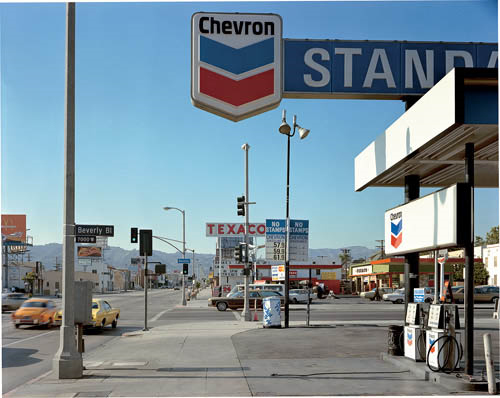
Stephen Shore, Beverly Boulevard and La Brea Avenue, Los Angeles, California, June 21, 1975, 1975, chromogenic color print
Analysis and discussion… starting points and key features of The New Topographics
- Foreground vs background | Dominant features
- Composition | low horizon line | Square format
- Perspective and detail / cluttering
- Wide depth of field | Large Format Camera
- Colour | impact and relevance
- Nationalism vs mobility vs isolation
- Social commentary | The American Dream ?
- An appreciation of the formal elements : line, shape, form, texture, pattern, tone etc
Remember to use this

Follow this 10 Step Process and create multiple blog posts for each unit to ensure you tackle all Assessment Objectives thoroughly :
- Mood-board, definition and introduction (AO1)
- Mind-map of ideas (AO1)
- Artist References / Case Studies (must include image analysis) (AO1)
- Photo-shoot Action Plan (AO3)
- Multiple Photoshoots + contact sheets (AO3)
- Image Selection, sub selection (AO2)
- Image Editing/ manipulation / experimentation (AO2)
- Presentation of final outcomes (AO4)
- Compare and contrast your work to your artist reference(AO1)
- Evaluation and Critique (AO1+AO4)

